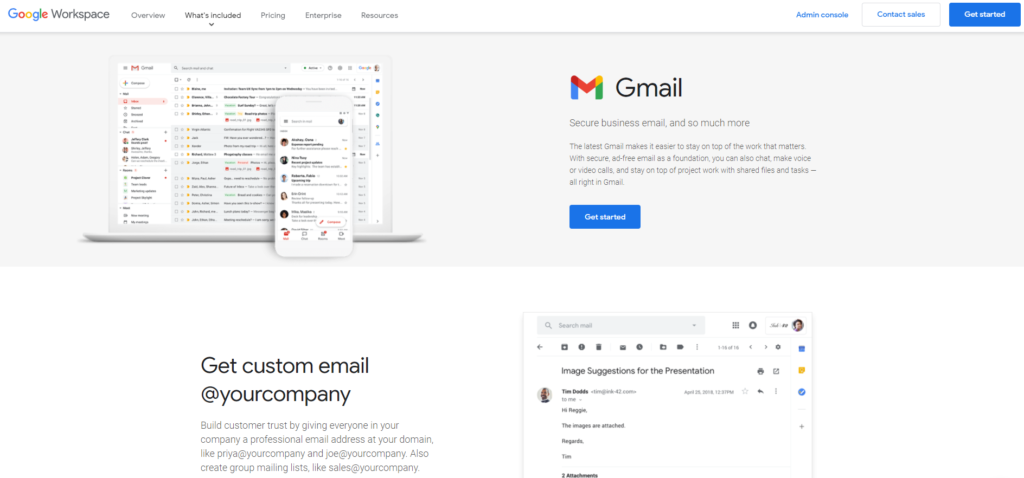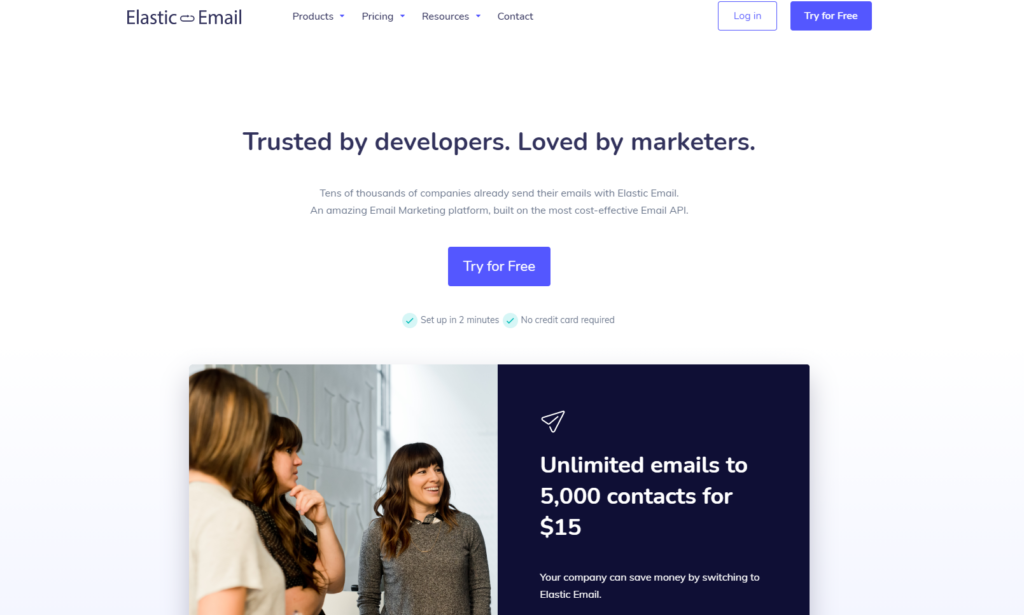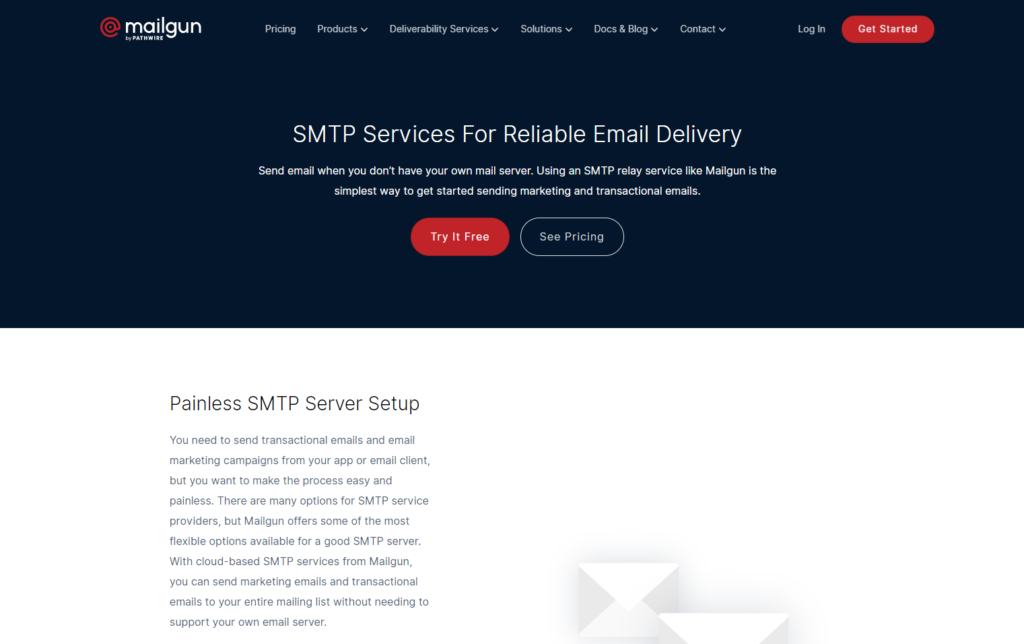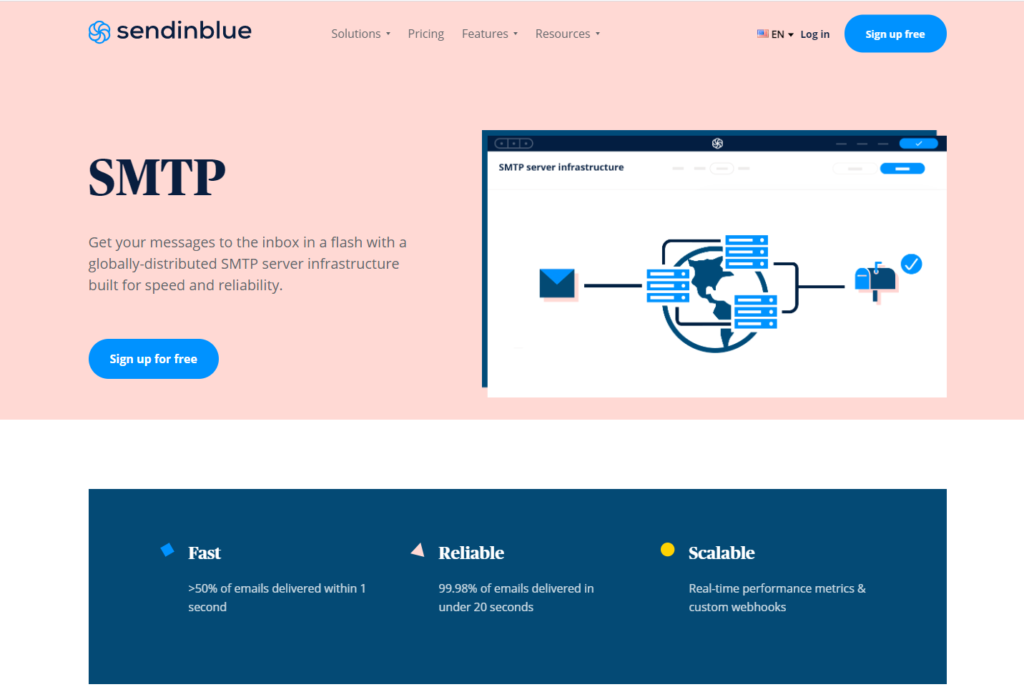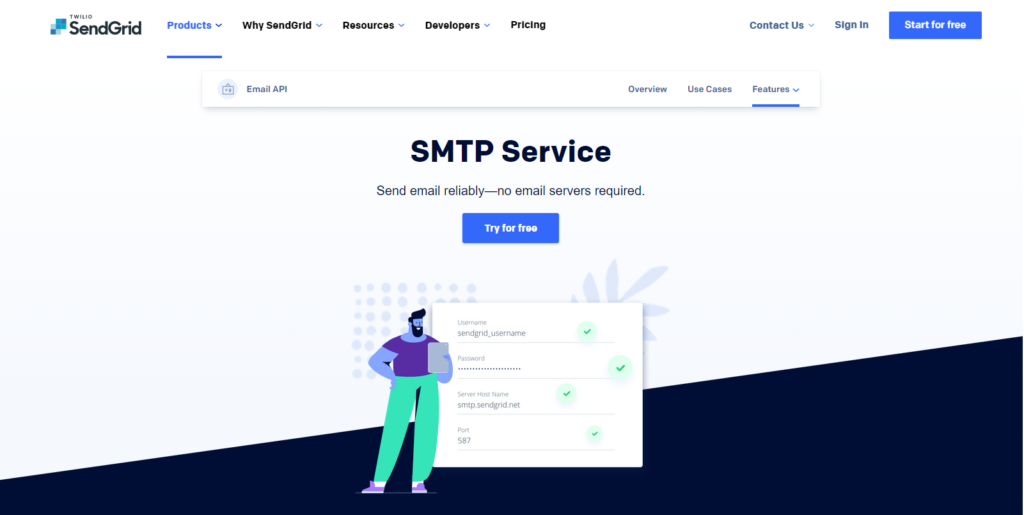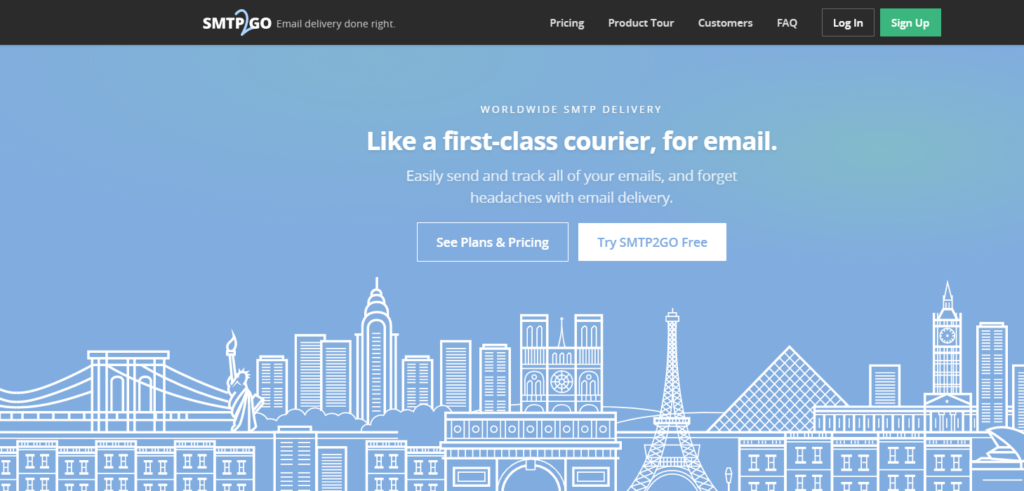Is a cloud-based SMTP server what you need?
In this article, we’ll touch on cloud-based SMTP servers. This is the most common option for numerous businesses and startups. An alternative solution is a self-hosted SMTP server. This includes building the whole infrastructure. Usually, large corporations can afford self-hosted servers. Having an SMTP server in the cloud means that you are freed from this burden. You can use the resources you need for mailing and, hence, save time and money. Also, the cloud-based services we have selected are professional. They provide what you need for your project:
- Cost-efficiency
A cloud-based server is a good bargain. You will have to spend so much more to create and maintain your own email environment. Besides, the options below provide absolutely free subscription plans.
- Deliverability
Cloud-based SMTP services are designed to process high volumes of emails. Also, they usually cooperate with mailbox providers. This ensures top deliverability rates. You can read more about this in our blog post How to Improve Email Deliverability.
- Scalability
Your email campaign may have thousands or even millions of emails. This is not a problem for the cloud-based infrastructure and all your messages will be sent quickly. Also, the services can adjust to your emailing needs, which saves you money as well.
- Security
It’s not only about virtual security. If you have built your server environment, you would have taken care to protect against physical damage to your hardware. Hopefully, you do not have to worry about this if you opt for a cloud-based SMTP server.
What is the difference between SMTP server, SMTP relay, and SMTP service?
- An SMTP server is a computer program or app that sends or relays outgoing emails using the Simple Mail Transfer Protocol.
- From a technical standpoint, SMTP relay is the process of delivery of emails from one mail server to another. SMTP relays are essential to send out all forms of bulk mail, transactional emails, newsletters, etc. In the context of email marketing, SMTP relay services usually refer to the actual SMTP servers.
- SMTP service is a general notion that denotes an off-the-shelf email infrastructure that includes one or several SMTP servers.







